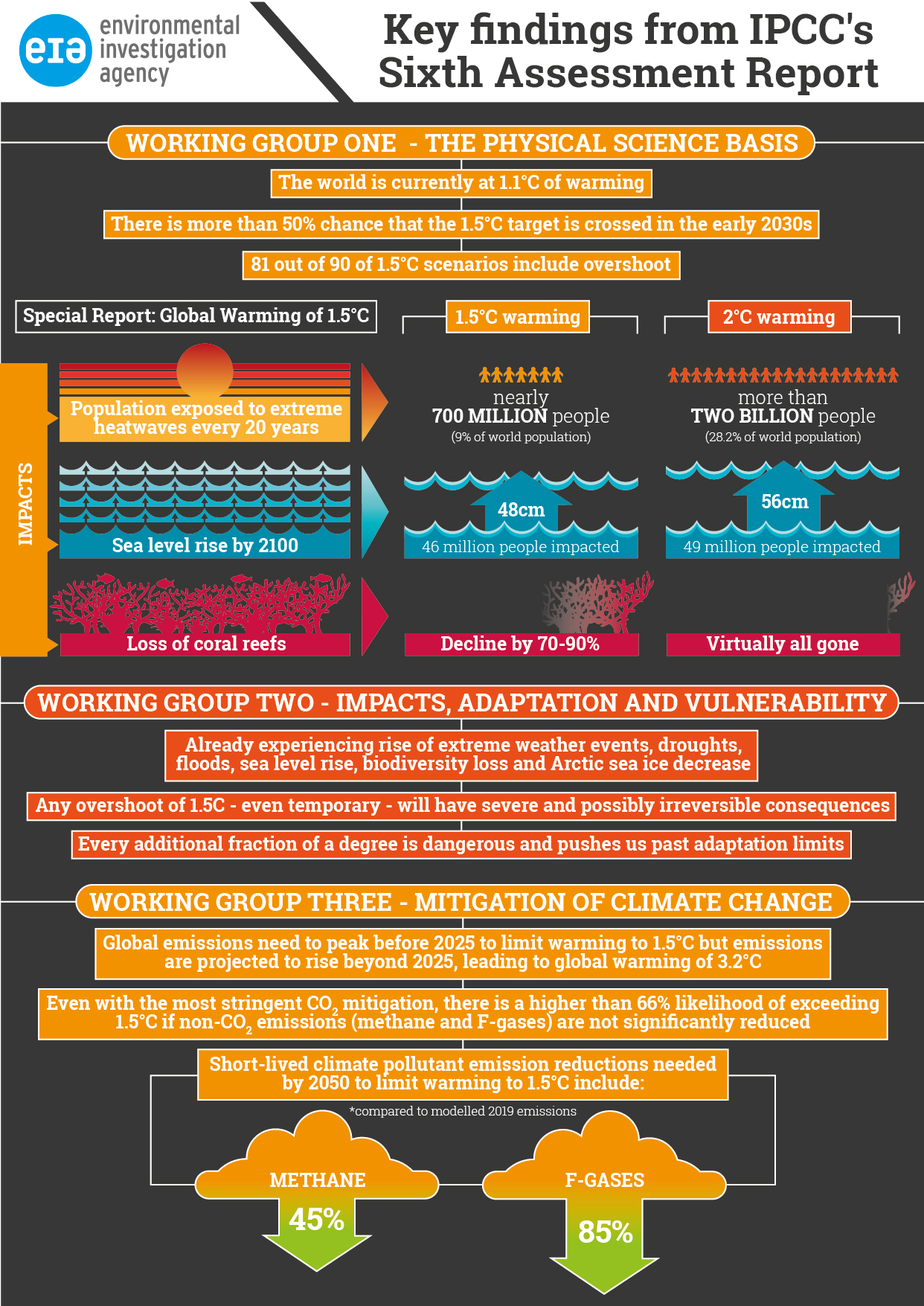The new IPCC climate report is out and there’s not a moment to lose if warming is to be kept below 1.5°C



The Intergovernmental Panel on Climate Change (IPCC) today published its AR6 Synthesis Report, making plain the urgent need to address the escalating climate crisis.
The report, finalised last week in Switzerland, distils the information contained in the preceding three working group reports and three special reports of the cycle published since 2018:
The reports make clear the urgency of the climate crisis, its primary causes, its current and expected impacts and the irreversible harm that will occur if warming surpasses 1.5°C, even temporarily.
The IPCC reports play a key role in supporting governments in understanding the state of climate science. They provide scientific evidence to inform decision-making and action by all stakeholders.
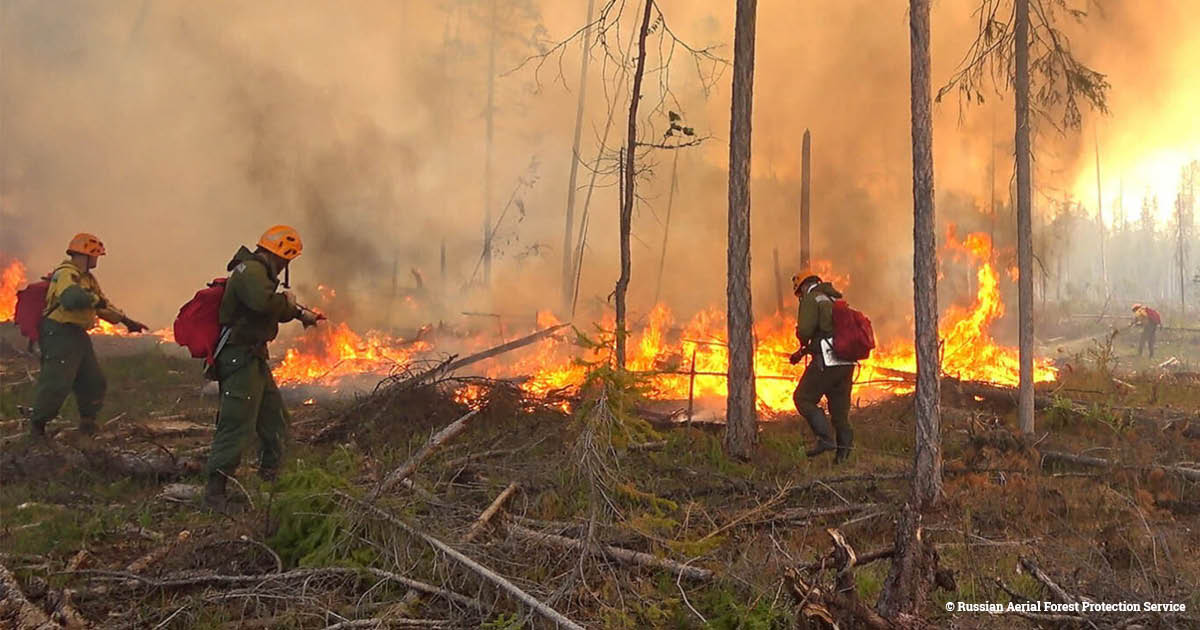
Forest fires in Russia, triggered by climate change
Keeping warming below 1.5°C is still possible, but is becoming increasingly difficult. The current level of warming is 1.1°C. To keep within the 1.5°C limit (with no or limited overshoot), global greenhouse gas emissions need to be reduced by at least 43 per cent by 2030 (from 2019 levels) and by at least 60 per cent by 2035.
The next decade will be decisive and, if emissions continue to grow, 1.5°C could be breached in 2030-35.
Staying below 1.5°C requires deep and urgent emission reductions now. The new report finds that the emission reductions included in government commitments (Nationally Determined Contributions, or NDCs) pledged prior to CoP26 make it likely that warming will exceed 1.5°C and also make it harder after 2030 to limit warming to below 2°C.
Modelled pathways with these NDCs assuming no increase in ambition after 2030 will lead to global warming of 2.8°C. Without a strengthening of policies, greenhouse gas emissions are projected to rise beyond 2025, leading to a global warming of 3.2°C by 2100.
The amount of greenhouse gases emitted needs to peak by 2025, followed by net zero CO2 emissions by 2050 accompanied by substantial reductions in non-CO2 emissions, including methane and fluorinated gases.
Every fraction of a degree matters. The further past 1.5°C of warming we go, the worse the consequences will be for biodiversity, ecosystems, human health and livelihoods. The reports provide ample evidence that climate change is already here and impacting lives – floods, wildfires, droughts, heat waves, rising sea levels and catastrophic storms are increasing in frequency and severity.
Limiting warming requires immediate action for deep and sustained emissions reductions in all sectors and the IPCC report highlights a multitude of measures that are available and often highly cost-effective. The reports highlight a range of adaptation and mitigation solutions which, if implemented in a locally led and inclusive way, offer additional sustainable development benefits, including tackling energy poverty, preserving ecosystems, reducing gender inequality and improving food security.
The findings in the reports make for sombre reading and show how quickly the window to address the climate crisis is closing.
However, the IPCC states that the window is still open, for the moment, to secure a safe future for all – but only if we act now.
The IPCC makes very clear that immediate and rapid action to phase out fossil fuels is essential for curbing climate change.
The reports state that unabated fossil fuels must be phased out as quickly as possible. The phase-out of coal, oil and gas must be accompanied by the roll-out of renewable energy, improved energy efficiency and increased electrification.
Currently, emissions from existing and planned fossil fuel infrastructure exceed the total emissions for limiting global warming to 1.5°C. The continued installation of unabated fossil fuel infrastructure will lock-in further emissions.
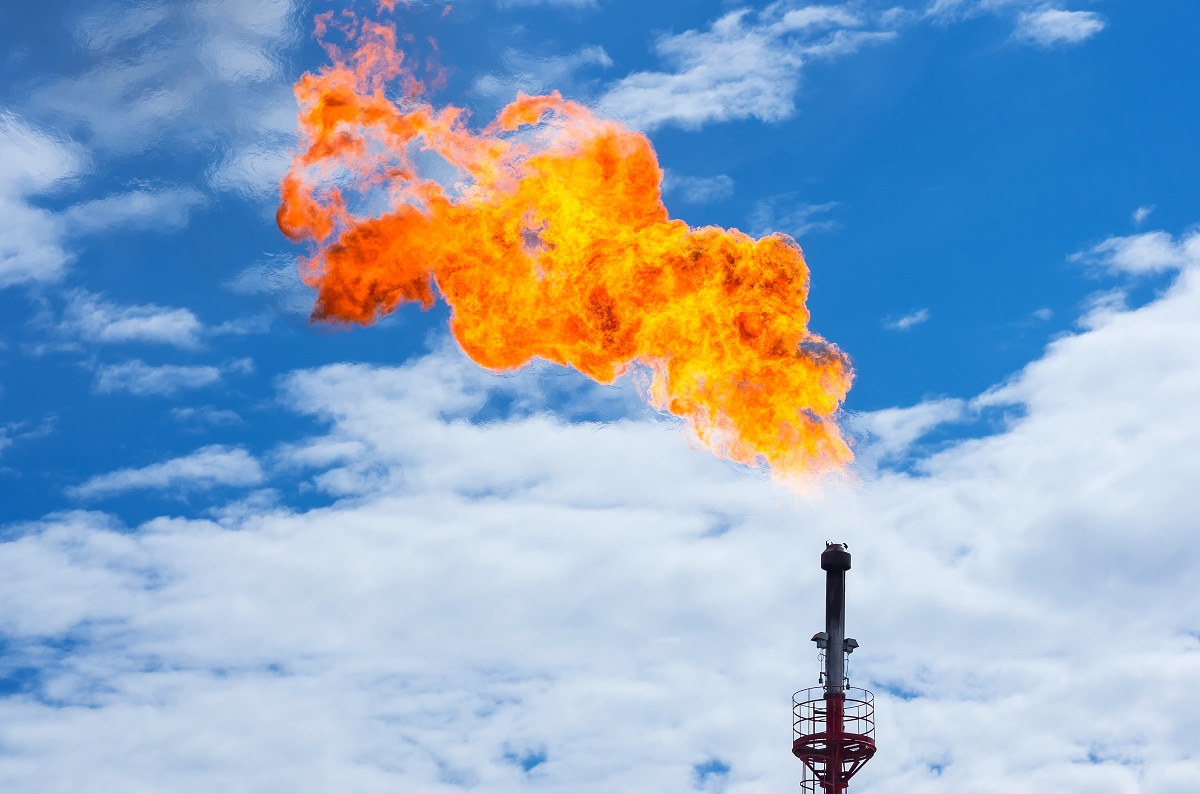
Methane flaring
While carbon dioxide dominates long-term warming, reducing other pollutants (fluorinated gases, aka F-gases, and methane) can contribute to the 1.5˚C goal in the short term, with substantial co-benefits, such as reducing air pollution.
Even with the most stringent CO2 mitigation, there is higher than 66 per cent likelihood of exceeding 1.5°C if non-CO2 emissions are not significantly reduced. To limit warming to 1.5°C and 2°C, methane emissions need to be reduced by 45 per cent and F-gases by 85 per cent.
Early reductions of these short-lived climate pollutants lower peak warming and reduce the likelihood of overshooting warming limits.
Fluorinated gases had the highest relative growth in emissions from 1990 to 2019, while methane had the second largest growth in absolute emissions (after CO2 from fossil fuels and industry). Methane is responsible for 60 per cent of non-CO2 emissions (F-gases make up three per cent).
Global methane emissions from energy, primarily fugitive emissions from production and transport of fossil fuels, accounted for about six per cent of global greenhouse gas emissions in 2019. Up to 80 per cent of methane emissions from fossil fuels could be avoided with currently available and cost-effective technologies.
EIA Climate Campaigner Sophie Geoghegan said: ‘Cutting emissions of short-lived climate pollutants – methane and fluorinated gases – is a critical strategy to slow warming over the next decade, allowing us to keep 1.5˚C alive.”
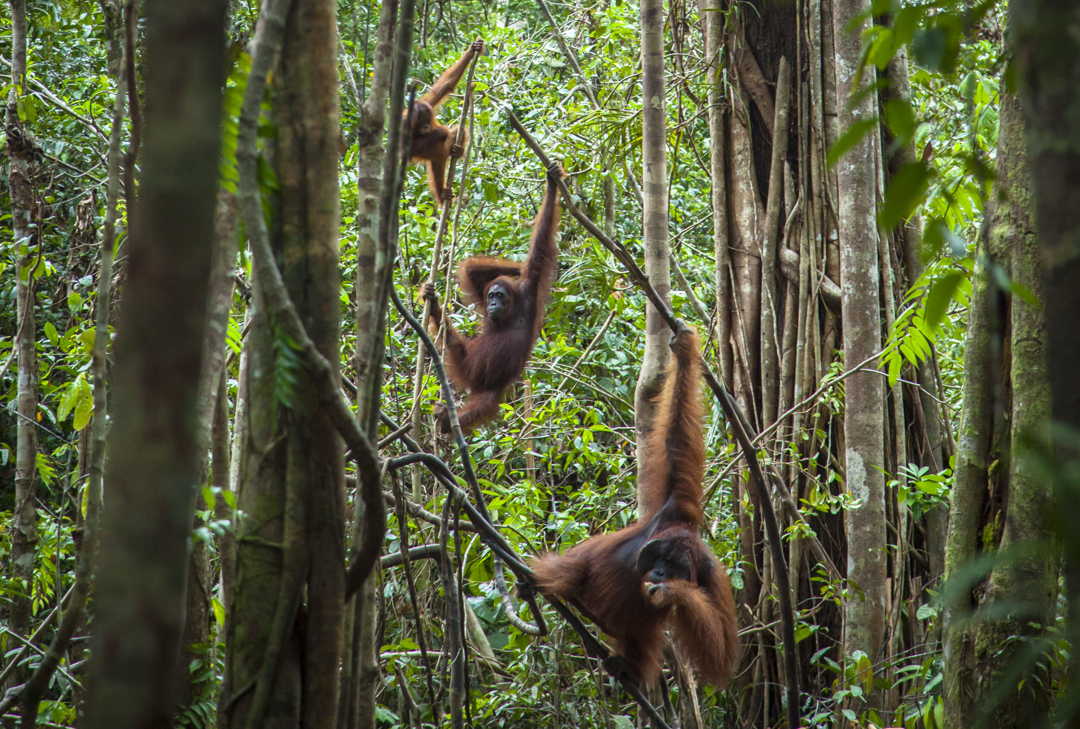
Forests can help fight climate change – but only if we stop cutting them down
Forests are essential in the fight against climate change. Acting as the lungs of the Earth, the preservation of forests must be a key priority for nations around the globe – yet rates of deforestation are not decreasing rapidly enough to have a discernible effect on the impacts of climate change.
EIA Forest Campaigner Katarina Klikis said: “As time progresses and the negative effects of climate change increase, the ability of forests to mitigate the impacts of climate change will diminish. In other words, the longer nations take to reduce deforestation, the more climate change will damage land surfaces, consequently increasing emissions and reducing the possibility for carbon dioxide removal options such as reforestation.”
The IPCC Working Group III Report shows that law enforcement was a key driver of reduced deforestation. More must be done by enforcement authorities, in both producer and consumer countries, to stop illegally harvested timber from entering consumer markets.
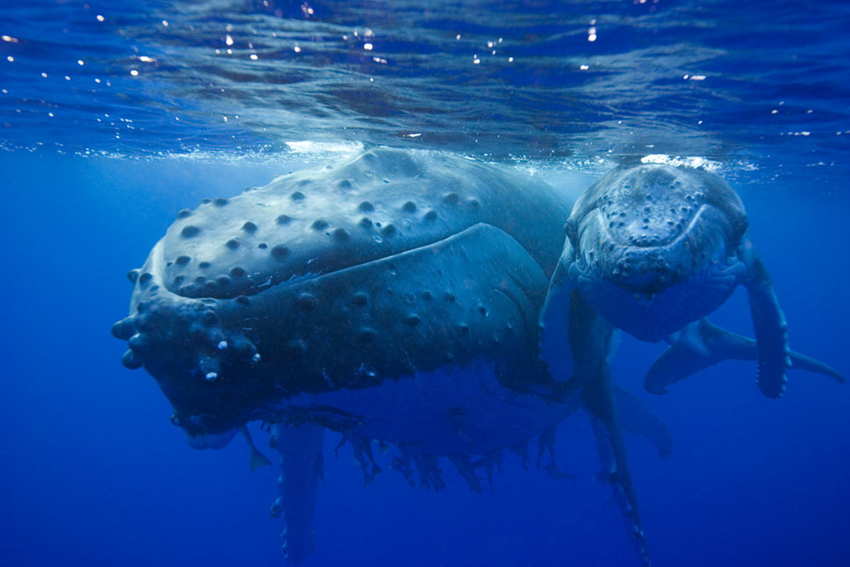
Climate change is already impacting whales (c) Sue Flood
According to IPCC Chair Hoesung Lee: “What happens with our oceans will profoundly and inevitably influence what happens to our planet and how liveable it will be in the not-so-distant future.”
Covering more than 70 per cent of the planet, the oceans are the world’s largest carbon sink, but sea level rise, ocean acidification and deoxygenation are taking their toll. The risk of extinction for some marine species such as corals is high.
The IPCC states that since about 1950, many marine species have undergone shifts in geographical range and seasonal activities in response to ocean warming, sea ice change, oxygen loss and habitat loss. We have seen the tragic consequences of this, with recent mortalities of humpback and other whales on the US Atlantic coast linked to climate change impacts on their prey, which have put them in the path of container shipping routes.
EIA Senior Ocean Adviser Clare Perry said: “A healthy ocean is critical for addressing climate change but ocean biodiversity is under attack from all angles, with devastating impacts on ocean biodiversity and coastal communities.
“Expanding marine protected areas, ending plastic pollution through a new global treaty and fully protecting the natural architects of healthy marine ecosystems, such as whales and other marine mammals, is urgently needed.”

Elephants in the Okavango Delta
There is a growing recognition of the increasingly important role biodiversity plays in addressing climate change and the threat it poses in the ongoing global biodiversity crisis – with every tenth of a degree of warming, the global risk to species and ecosystems increases significantly.
The IPCC Working Group II Report notes, with medium- to very high-confidence, that climate change has altered marine, terrestrial and freshwater ecosystems all around the world, has caused local species losses, increases in disease and mass mortality events of plants and animals.
Climate-driven impacts on ecosystems have caused measurable economic and livelihood losses and altered cultural practices and recreational activities around the world.
Conserving approximately 30 per cent of the world’s land, freshwater and ocean areas, especially areas with a high degree of naturalness and ecosystem integrity, will help protect biodiversity, build ecosystem resilience and ensure essential ecosystem services.
All biodiversity hotspots are impacted, to differing degrees, by human activities such as the destruction and fragmentation of habitats, hunting, fishing and its related bycatch and overexploitation. Ecosystem protection and restoration can build climate resilience and generate opportunities to restore ecosystem services with substantial co-benefits.
EIA Senior Wildlife Campaigner Lindsey Smith said: “The need for increasing synergy between the global agreements to address the joint threat of biodiversity loss and climate change is greater than ever. Going forward, aligning climate change responses with the goals and targets set out in the Convention on Biological Diversity’s (CBD) Kunming-Montreal Global Biodiversity Framework will be key.”
